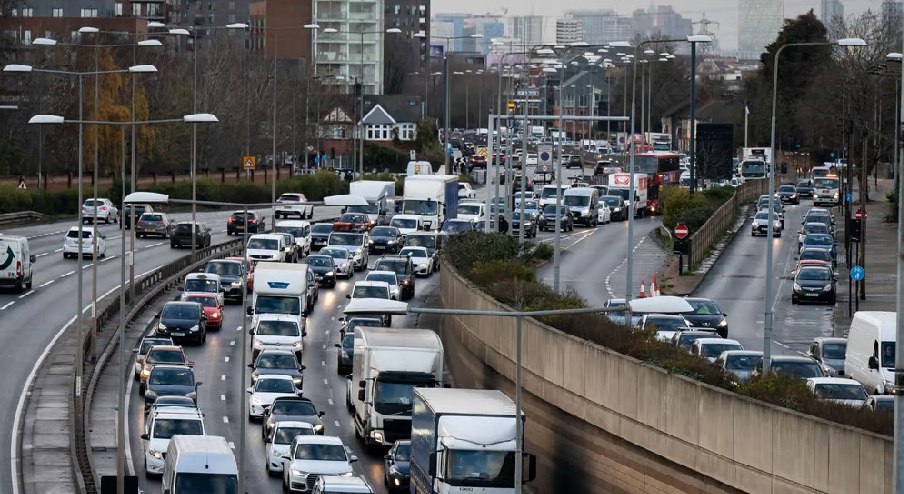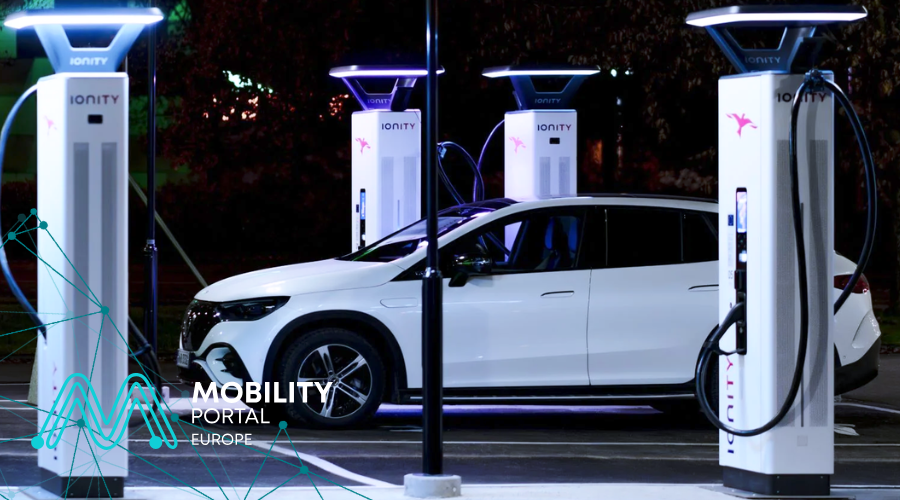In a fresh push towards sustainable mobility, Transport for London (TfL) launched a public consultation on 27 May to update the Congestion Charge scheme, aiming to maintain its effectiveness in the face of rising traffic volumes in central London.
The proposal includes raising the daily charge from 15 pounds to 18 pounds from 2 January 2026, marking the first increase in five years.
TfL maintains that this adjustment is essential to preserve the deterrent effect of the charge amidst growing vehicle numbers.
TfL analysis warns that without the proposed changes, over 2,200 additional vehicles could enter the charging zone on an average weekday, further straining one of the city’s most congested areas, which, while representing just 1% of London’s total area, experiences the highest road demand.
Discount reform: electric-only for residents and a revised scheme by vehicle type
One of the most significant structural changes is that from 1 March 2027, the 90% residents’ discount will be restricted to new applicants driving 100% electric vehicles (EVs).
Those already registered before this date will retain their existing entitlements, acknowledging their current transport needs.
Concurrently, a revised Cleaner Vehicle Discount (CVD) scheme will be introduced, offering tailored benefits based on vehicle type and usage profile. This scheme will roll out in two phases:
- From 2 January 2026:
- 50% discount for electric vans, heavy goods vehicles (HGVs) and both light and heavy quadricycles registered with Auto Pay.
- 25% discount for electric cars registered with Auto Pay.
- From 4 March 2030:
- 25% discount for vans, HGVs and quadricycles.
- 12.5% discount for electric cars.
To simplify access, eligible vehicles will be identified automatically through DVLA records, eliminating the need for manual registration.
Drivers will only need to enrol in Auto Pay to receive the applicable discount.
The cost of congestion and the case for sustainability
In 2024, congestion cost London 3.85 billion pounds, equating to 942 pounds per driver.
These costs negatively impact business efficiency, public transport operations and essential city services.
Since its launch in 2003, the Congestion Charge has reduced congestion within the charging zone by 30%, increased bus usage by 33% and triggered a 10% modal shift towards public transport and active travel.
With the latest proposals, London authorities aim to strengthen the shift to electric vehicles, improve air quality, and encourage greater reliance on public transport, walking and cycling.
Central London already boasts 71 train stations and 700 bus routes, and its cycleway network has grown to over 400 km, four times its 2016 size.
Industry reactions: balancing effectiveness and environmental fairness
Seb Dance, London’s Deputy Mayor for Transport, stresses that “keeping London moving by reducing congestion is vital for our city and our economy”, warning that inaction would lead to system saturation.
Christina Calderato, TfL’s Director of Strategy, affirms that the updated policy framework continues to support those who must drive while ensuring the transition to electric mobility is feasible and progressive.
Environmental advocates also welcomed the measures.
Oliver Lord, UK Head of the Clean Cities Campaign, praised the targeted incentives: “With record numbers of diesel vans still on the road, it’s vital we reward businesses making the switch to greener fleets.”
For Izzy Romilly, sustainable transport campaigner at climate charity Possible, getting the balance right is essential: “We need to discourage unnecessary car trips, while supporting those who genuinely need to drive to switch to zero-emission vehicles.”
Sophie O’Connell, Senior Policy Adviser at the Green Alliance, concluded that the proposals send a clear message: “Driving a polluting vehicle through central London should not be cheaper than taking public transport.”
Annual updates and a more consistent pricing strategy
TfL is also consulting on a proposal to align future Congestion Charge increases with public transport fare adjustments — potentially indexing it to inflation plus 1% annually.
This would create a more coherent pricing structure and help prevent scenarios where driving becomes comparatively cheaper than using public transport.
This indexation proposal would apply solely to the Congestion Charge and not to the Ultra Low Emission Zone (ULEZ).
The consultation remains open until 4 August 2025, with TfL encouraging feedback from residents, businesses and stakeholders to shape the next phase of London’s congestion strategy and support its long-term sustainability goals.
READ MORE
-
Ekoenergetyka responde: ¿Qué buscan grandes operadores de puntos de recarga como Telpark o IONITY?
Ekoenergetyka, fabricante europeo de cargadores rápidos y ultrarrápidos, avanza en su consolidación en el sur de Europa con una propuesta centrada en calidad industrial, flexibilidad tecnológica y soporte integral. Aquí, las claves que lo han hecho triunfar a lo largo y ancho del continente.
-
“EVO” expands across Europe following its success in the UK and enters competitive tenders
Rolec is taking part in several tenders with its EVO home charger, prioritising the Benelux region as a key market. What attributes strengthen its technical competitiveness for bidding?
-
Social leasing returns: France unveils 2025 plan for affordable EVs
The social leasing programme, financed by the French State, aims to deploy 50,000 EVs through long-term rental agreements.










